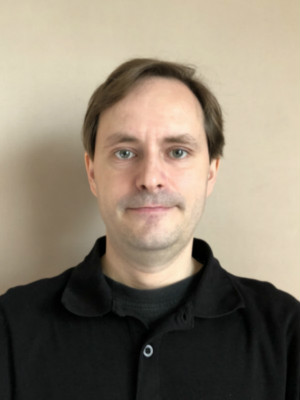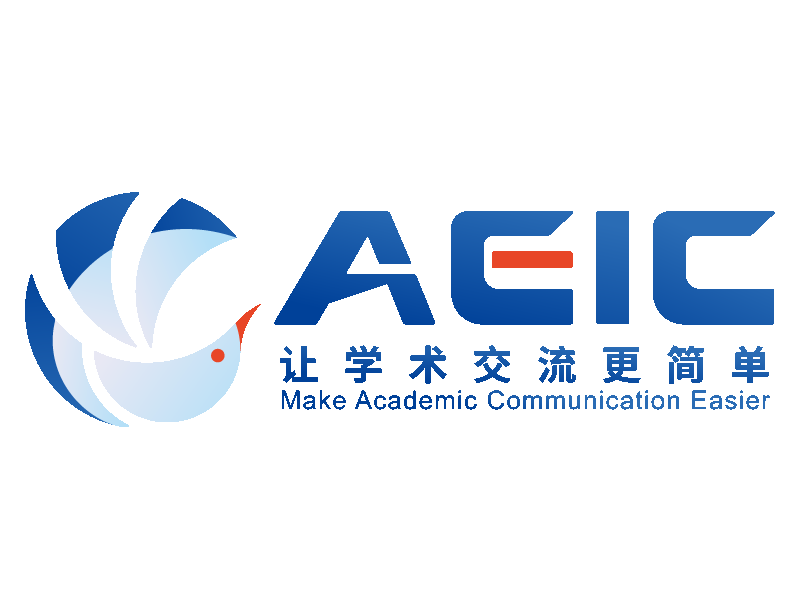当前位置:主页 > Keynote Speakers
Prof. Ghassan Beydoun University of Technology Sydney Title: Agent Oriented Analysis to Build Knowledge Repositories Abstract: In many complex settings, policy and guidelines documents are numerous, dispersed and often difficult to access at the right time. Agent constructs are excellent metaphor for organizational roles. Concomitant agent based models can potentially replace text documents if appropriate analysis and retrieval mechanisms are in place. Using a number of domains, including transport, farming and disaster management, I will describe how agent oriented analysis can be used to support of a more effective knowledge storage and retrieval practice.
A. Prof. Antti Rasila Technion – Israel Institute of Technology, Guangdong Technion Title: Algorithms for numerical conformal mappings and their applications Abstract: Conformal mappings are a class of functions studied in the classical complex analysis, which are defined by the property that they preserve angles between smooth curves. Clearly, this condition can also be studied on smooth surfaces. Map projections are a classical application for conformal mapping and, for example, popular map projections of Mercator and Lambert can be understood as conformal mappings of an ellipsoid onto a plane domain. Besides traditional applications in cartography, fluid dynamics and electrical engineering, conformal mappings are useful in topics like computer graphics and computer vision. The basic properties of the complex multiplication along with the chain rule give another important characterization of conformal mappings: a mapping is conformal if and only if it has a non-zero complex derivative at this point and it is one to one onto its image set. A famous result in complex analysis called the Riemann mapping theorem, says that there are many conformal mappings, for example there always exists one that maps a plane domain with one boundary component, which is not just one point, onto another. However, this classical result does not provide a formula or an algorithm for constructing these mappings. The question of obtaining a conformal mapping between two plane domains, or surfaces in the space, is deep mathematical problem where use of numerical methods is usually required. In this presentation, we discuss our recent work on algorithms for numerical computation of conformal mappings, which makes use of advances in numerical methods for PDEs together with some ideas from the theory of quasiconformal mappings. The advantage of these methods is their applicability to domains with elaborate boundaries, even with singularities and cusps, and in their relatively easy implementation by using standard engineering mathematics tools. We also discuss recent applications of conformal mappings in optimization of cellular phone networks. TO BE ADDED... |














